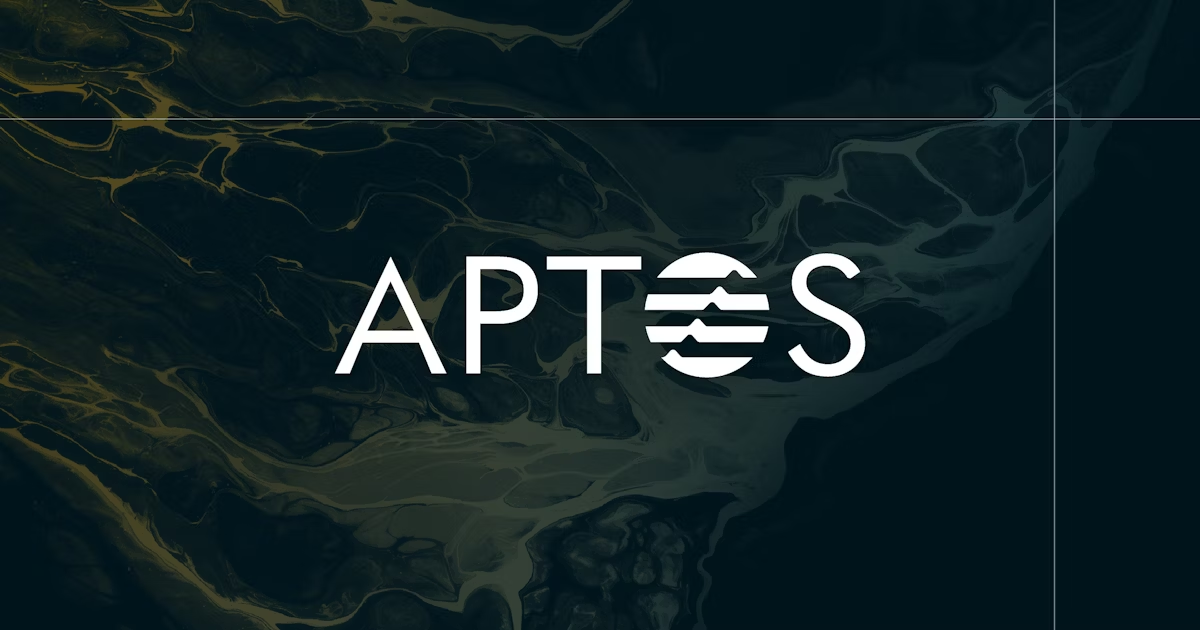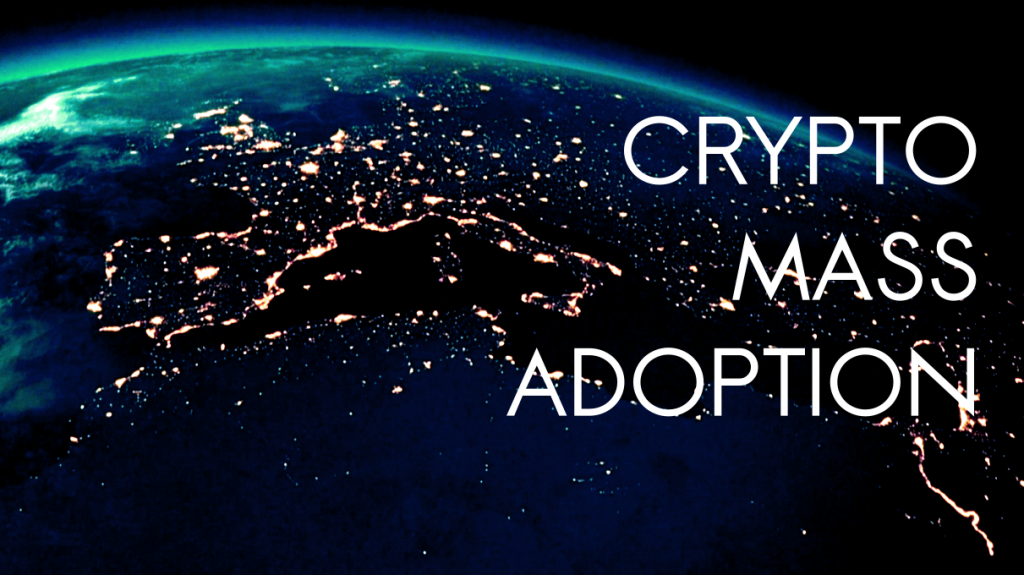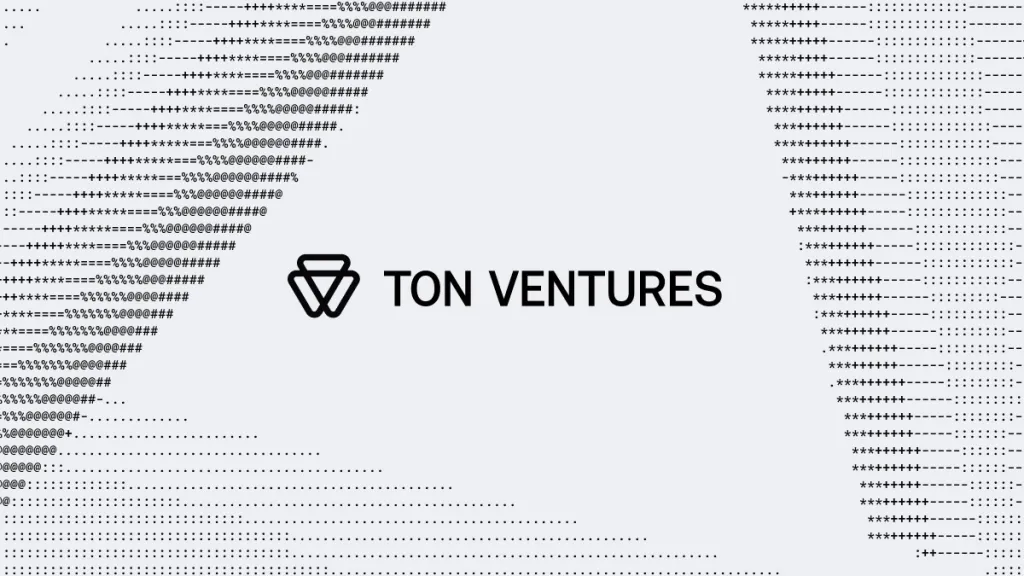
Looking at Four New Public Chains such as Solana and TON, What's Next for Web3? | TrendX Research Institute
As of September 22, the TrendX platform's data statistics for BTC, ETH, and TON are as follows:
The number of discussions about BTC last week was 13.23K, an increase of 4.87% from the previous week, and the price last Sunday was $63,506, an increase of 17% from $54,273 two weeks ago.
The number of discussions about ETH last week was 3.6K, an increase of 1.75% from the previous week, and the price last Sunday was $2,647, an increase of 15.6% from $2,290 two weeks ago.
The number of discussions about TON last week was 1.27K, a decrease of 14.89% from the previous week, and the price last Sunday was $5.67, an increase of 4.03% from $5.45 two weeks ago.
With the announcement of Catizen's launch on Binance, developers in the entire TON ecosystem breathed a sigh of relief. As the most representative project in the current TON ecosystem, the subsequent development of Catizen to a certain extent also determines whether the business logic of 80% of the development projects in the TON ecosystem is valid. In other words, only Binance's liquidity can ensure the token value of Catizen's user payment logic and large user base. At the same time, Catizen's model is also widely adopted by TON developers. If it cannot be listed on Binance, it means that the current business logic of TON has been falsified, and the narrative of TON may fall ahead of schedule.
Although current TON ecosystem developers can temporarily rest assured, this has also caused concerns among investors, users, and institutions in the industry, prompting them to look for other promising ecosystems. Currently, TON, Solana, Aptos, and Bearchain are representative ecosystems favored by capital. This article will provide a detailed introduction to these four public chains and compare them in terms of technical performance, decentralization, ecosystem, and application scenarios.
Ton (The Open Network)
Ton, short for The Open Network, was initially developed by the founding team of Telegram, aiming to provide a blockchain-based solution through an efficient and decentralized architecture. Although Ton initially faced regulatory issues and Telegram officially withdrew from the project, the open-source community took over and continued to develop Ton, successfully gaining widespread support in the decentralized community.
Ton's biggest feature is its multi-chain architecture, also known as the Sharding Chain. This architecture allows the Ton network to automatically scale according to demand and the processing speed will not be affected by user growth. Its Turing-complete virtual machine (TVM) can support smart contracts, similar to Ethereum's EVM, but with higher throughput and scalability.

Currently, TON is the largest gathering place for ecosystem traffic in the entire Web3 industry and is currently the most promising ecosystem to establish deep connections with Web2. However, the current TON ecosystem is gradually drifting away from the TG official, and with the arrest of the TG founder and the selling pressure of TON tokens after unlocking, the TON token has been FUDed to around $4 after reaching its peak.
https://app.trendx.tech/project/TON%EF%BC%88The%20Open%20Network%EF%BC%89/37b1212a
Solana
Solana is one of the fastest-growing public chains in recent years. It was officially launched by Solana Labs in 2020, aiming to solve the scalability issues of existing blockchains through innovative consensus mechanisms and high-performance architecture. Due to its low transaction fees and high throughput, Solana has attracted a large number of developers and projects, quickly becoming one of the top blockchains.

Solana's biggest highlight is its Proof of History (PoH) consensus mechanism, which greatly simplifies the process of node verification by recording events in chronological order, improving the network's throughput. Solana can process thousands of transactions per second, and its peak can even reach 65,000 TPS, leading the way among existing public chains.
In addition, Solana's single-layer architecture avoids many cross-chain issues in multi-chain architectures, allowing applications in its ecosystem to seamlessly interact on the same chain. Solana has a wide range of applications in the decentralized finance (DeFi) and NFT fields.
Solana and TON are currently Tier 1 representatives of the new ecosystem. Compared to TON's strategy of diverting from Web2 to Web3, Solana's ecosystem is better at radiating from Web3 to Web2, and its internal architecture and model are more mature and complete. However, Solana is currently under scrutiny, such as Cyber Capital's attack on Solana's data falsification, believing that its TPS is far lower than what was publicly announced, measuring only around 700; and its TVL also has serious duplicate calculations. More importantly, Solana is currently in a continuous loss state, losing about $300 million per month.
https://app.trendx.tech/project/Solana/c4e49ae8
Aptos
Aptos is a relatively new public chain, founded by a development team that was previously responsible for the Diem project at Meta (Facebook). The team accumulated rich experience in blockchain technology through the Diem project and developed Aptos based on this, aiming to create a highly secure and high-performance blockchain platform.

Aptos's core technical feature is its parallel execution engine, which can process multiple transactions simultaneously, significantly improving the chain's processing efficiency. This parallel execution architecture, different from the linear processing mechanism in traditional blockchains, greatly enhances the system's scalability.
In addition, Aptos adopts a new programming language, Move, which is a highly secure language designed specifically for blockchain applications, making smart contract development more efficient and secure. Aptos quickly gained attention from developers after its launch due to its unique architectural design and efficient execution capabilities.
https://app.trendx.tech/project/Aptos/0fcf8e0e
Bearchain
Bearchain is a relatively new public chain, known for its unique Tri-consensus Mechanism, aiming to provide more flexible network governance and processing performance through a combination of multiple consensus mechanisms. The development team of Bearchain focuses on realizing a universal blockchain platform suitable for multiple scenarios.
Bearchain's Tri-consensus Mechanism includes Proof of Stake (PoS), Proof of Work (PoW), and Proof of Bear (PoB). Through the flexible combination of these three mechanisms, it can dynamically adjust consensus strategies according to network load and demand, finding a balance between security and performance.
In addition, Bearchain emphasizes the development of decentralized finance (DeFi) and Web3 applications, dedicated to providing efficient infrastructure support for these areas. Although Bearchain is still in the early stages of development, its innovative consensus mechanism has attracted the attention of many technology enthusiasts.
Comparison of the Four Public Chains
Technical Architecture and Performance
Ton provides high scalability and fast cross-chain transaction capabilities through sharding and smart routing technologies, making it very suitable for high-frequency trading and payment scenarios. Solana achieves extremely high transaction processing capacity in a single-chain architecture with its innovative PoH consensus mechanism, representing low-cost and high-throughput.
Aptos ensures efficient transaction processing and smart contract security through its parallel execution engine and Move programming language, suitable for applications with high security and performance requirements.
Bearchain's Tri-consensus mechanism brings flexible network governance and processing strategies, suitable for various application scenarios, especially in the DeFi and Web3 fields.
Decentralization
Ton and Solana both have large node networks and high decentralization. Ton has a strong community driving force, while Solana has raised concerns about centralization due to its speed.
As a new chain, Aptos still needs time to verify its level of decentralization, but its team background and technological innovation give it an advantage.
The unique design of Bearchain's Tri-consensus mechanism brings a certain level of complexity, and its level of decentralization needs further observation during its development.
Ecosystem and Application Scenarios
Solana has the most mature ecosystem, especially leading in the DeFi and NFT fields. Many projects are developed based on Solana, forming a rich application ecosystem.
Ton mainly focuses on payments and high-frequency trading, and its sharding technology gives it strong scalability, but its ecosystem is still in the growth stage.
Aptos, with its parallel execution and Move language, has attracted developer attention and is expected to shine in high-security application scenarios in the future.
Bearchain is more focused on the infrastructure construction of DeFi and Web3, and although it is still in the early stage, its innovative Tri-consensus mechanism lays the foundation for its future development.
Although different ecosystems have various problems, they still maintain good fundamentals. The core reason is that they have achieved breakthroughs in the three aspects of the ecosystem triangle: TVL, number of users, and number of projects. For a project, as long as it breaks through some bottlenecks, it can have the momentum for rapid development. This is particularly evident in the field of AI.
With the rapid development of AI technology, the construction of the AI hardware ecosystem has become an important part of driving industry progress. Today, when AI applications and model development are relatively mature, computing power remains one of the core bottlenecks in the AI field. Just as the technological bottleneck of the automotive era lies in the internal combustion engine and the bottleneck of electric vehicles lies in the battery, the bottleneck of AI is concentrated in the acquisition and allocation of computing resources.
Today, although the threshold for AI models and applications has been greatly reduced, computing power remains a key obstacle to the large-scale application of AI technology. The traditional centralized computing power model, due to high costs and uneven resource allocation, limits the further popularization of AI technology. To truly break through this bottleneck, a distributed computing power network has become the ideal solution.
The emergence of distributed computing power networks has made the acquisition of computing power more efficient and cost-effective. Through distributed networks, anyone can easily obtain sufficient computing power support, no longer relying on the monopolized resources of large technology companies. This model makes computing power not an exclusive resource of a few, but a widely accessible technology. For example, on TrendX, users only need to pay $500 to obtain the required distributed computing power resources on the platform. The smoothness and operability of this business model solve the computing power bottleneck problem, paving the way for the large-scale application of AI.
The breakthrough in computing power issues will become a new growth point for the AI industry. With the popularization of distributed computing power, the AI hardware ecosystem will become more open, and users will no longer need to worry about obtaining computing power, allowing AI technology to be more widely applied in various industries, driving further development and innovation in the entire industry.
TrendX Platform Weekly Data Report

Follow TrendX
TrendX - No.1 Web3 Investment Opportunity Platform, relying on industry-leading AI analysis technology and on-chain and off-chain trend tracking technology, dynamically analyzes billions of data in real time, captures investment opportunities, and provides investment advice to users through intuitive interaction, adhering to the concept of 'change is opportunity', and is committed to becoming the user's preferred Web3 investment platform.
Website: https://app.trendx.tech/
Twitter: https://twitter.com/TrendX_tech
Investment carries risks, and the project is for reference only. Please bear the risks on your own.




